If Fred Astaire was a wine, he’d be a Riesling – elegant, sophisticated, light on its feet – revered both around the world and across generations. The best of his kind over a range of styles, Fred dances like Riesling drinks. He makes it seem simple, but when you look closely, there’s a world of complex technique that appeals to beginner and professional alike.
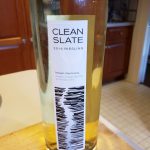 As we head into warmer weather, Riesling is a worthy source of refreshing everyday wines, the kind you buy by the case. I know that rosé is in fashion at the moment, but Riesling should get equal billing. Its floral aroma, tropical fruit flavors, and brisk mineral character are ideal for summer quaffing.
As we head into warmer weather, Riesling is a worthy source of refreshing everyday wines, the kind you buy by the case. I know that rosé is in fashion at the moment, but Riesling should get equal billing. Its floral aroma, tropical fruit flavors, and brisk mineral character are ideal for summer quaffing.
I recently got back in the Riesling groove with a glass of Clean Slate Riesling made from the steep slate-covered hillsides along the Mosel river in Germany. My first sip was so tasty and refreshing that I passed the glass around the table, encouraging my companions to try it. More that one said, “I wish I’d ordered that.”
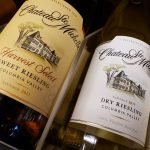 With an inviting citrus nose and crisp lime flavors the Clean Slate has the stony mineral quality so sought after in Riesling. Made in large quantities and widely distributed, the wine is only ten bucks at Total Wine. A couple other wines in the same class are Dr. L from Loosen ($11) and Schmitt Sohne ($9).
With an inviting citrus nose and crisp lime flavors the Clean Slate has the stony mineral quality so sought after in Riesling. Made in large quantities and widely distributed, the wine is only ten bucks at Total Wine. A couple other wines in the same class are Dr. L from Loosen ($11) and Schmitt Sohne ($9).
When I mention Riesling, the reaction is almost always, “Aren’t’ they sweet?” I prefer to discuss balance in these wines rather than sweetness. Yes, they can have some sugar (don’t tell anyone I said so) but they also have a bracing, thirst-quenching acidity. It’s the balance of tart and sweet that makes the wines so refreshing and such amiable companions at the table.
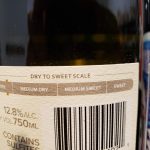 Rieslings are made in a wide range of styles from dry to not-so-much. Look at the labels, particularly on American Rieslings, for a clear indication of the wine’s style. Chateau Ste Michelle, a well known Washington State producer, offers Rieslings clearly labeled dry or sweet. Some wines print a graphic scale on the back label showing where their wine lies on the dry to sweet range.
Rieslings are made in a wide range of styles from dry to not-so-much. Look at the labels, particularly on American Rieslings, for a clear indication of the wine’s style. Chateau Ste Michelle, a well known Washington State producer, offers Rieslings clearly labeled dry or sweet. Some wines print a graphic scale on the back label showing where their wine lies on the dry to sweet range.
A side benefit of that residual sugar in the wine can be lower alcohol levels. The Clean Slate has only 11% as opposed to some blockbuster chardonnays and sauvignon blancs at 13 or 14%. Some wines even dip down to 10% Go ahead and have an extra glass!
As you move up the quality (and price) scale the wines become increasingly sophisticated. Food and Wine magazine recently named its 2019 class of Sommeliers of the Year. Asked to name benchmark bottles in their careers, almost half included a Riesling. Inside the wine trade, the wines are revered for their diversity, complexity, and compatibility with worldwide cuisines.
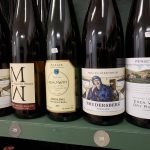 At Fountainhead Wines in Norwalk Mike Pelletier told me that they import several Heyl Zu Herrnsheim Rieslings from Germany. If you want to experience a range of Rieslings to understand the differences from place to place, try some of these. In addition to the entry level Nierstein ($18) described as “juicy, fresh, and animated – a complex taste experience,” they have Riesling from Hipping 2013 (28), and Brudersberg 2015 (35). Each a unique and marvelous wine experience.
At Fountainhead Wines in Norwalk Mike Pelletier told me that they import several Heyl Zu Herrnsheim Rieslings from Germany. If you want to experience a range of Rieslings to understand the differences from place to place, try some of these. In addition to the entry level Nierstein ($18) described as “juicy, fresh, and animated – a complex taste experience,” they have Riesling from Hipping 2013 (28), and Brudersberg 2015 (35). Each a unique and marvelous wine experience.
German names and places can be long unfamiliar words – difficult to pronounce or understand. Don’t be afraid to ask for help. A good wine store will be familiar with what’s in the bottle and happy to guide you.
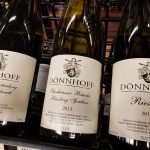 Ancona’s Wines in Wilton is another a source of carefully chosen Rieslings. They carry a range of Donnhoff wines imported from Germany by Terry Theise, an authority on the region. You’ll also find Trimbach wines from Alsace and the famous Schloss Vollrads, made from ancient vineyards overlooking the Rhine.
Ancona’s Wines in Wilton is another a source of carefully chosen Rieslings. They carry a range of Donnhoff wines imported from Germany by Terry Theise, an authority on the region. You’ll also find Trimbach wines from Alsace and the famous Schloss Vollrads, made from ancient vineyards overlooking the Rhine.
Rieslings are successfully made around the world. It’s a grape that thrives under a wide range of conditions. Any Riesling from Washington State is a good bet. The wines that clear the high quality bar at Fountainhead hale from Oregon’s Willamette Valley, Alsace in France, Australia, and The Finger Lakes region of New York in addition to Germany.
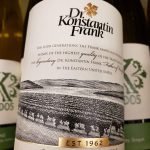 The Finger Lakes region is producing some great Rieslings these days. Look for wines from Dr. Konstantin Frank, Boundary Breaks, and Anthony Road. The Finger Lakes, only four hours away in central New York, is a great destination for a beverage tasting tour. In addition to numerous wineries, they’re also making excellent hard cider and creative craft beers in the region.
The Finger Lakes region is producing some great Rieslings these days. Look for wines from Dr. Konstantin Frank, Boundary Breaks, and Anthony Road. The Finger Lakes, only four hours away in central New York, is a great destination for a beverage tasting tour. In addition to numerous wineries, they’re also making excellent hard cider and creative craft beers in the region.
So please, don’t overlook Riesling on your summer wine list. Think of the sophistication, delicacy and finesse of Fred Astaire in a glass.
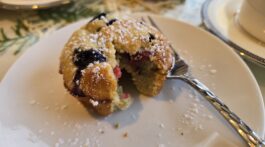







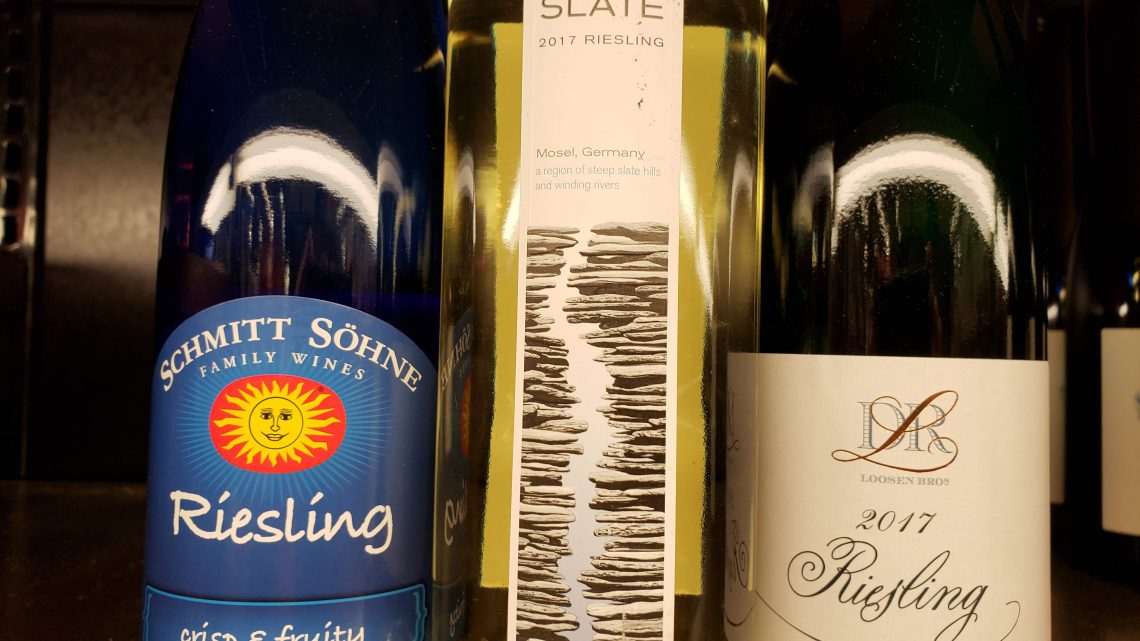
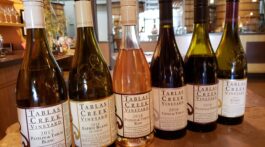
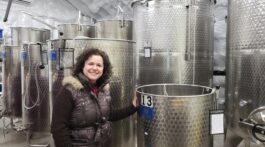

No Comment